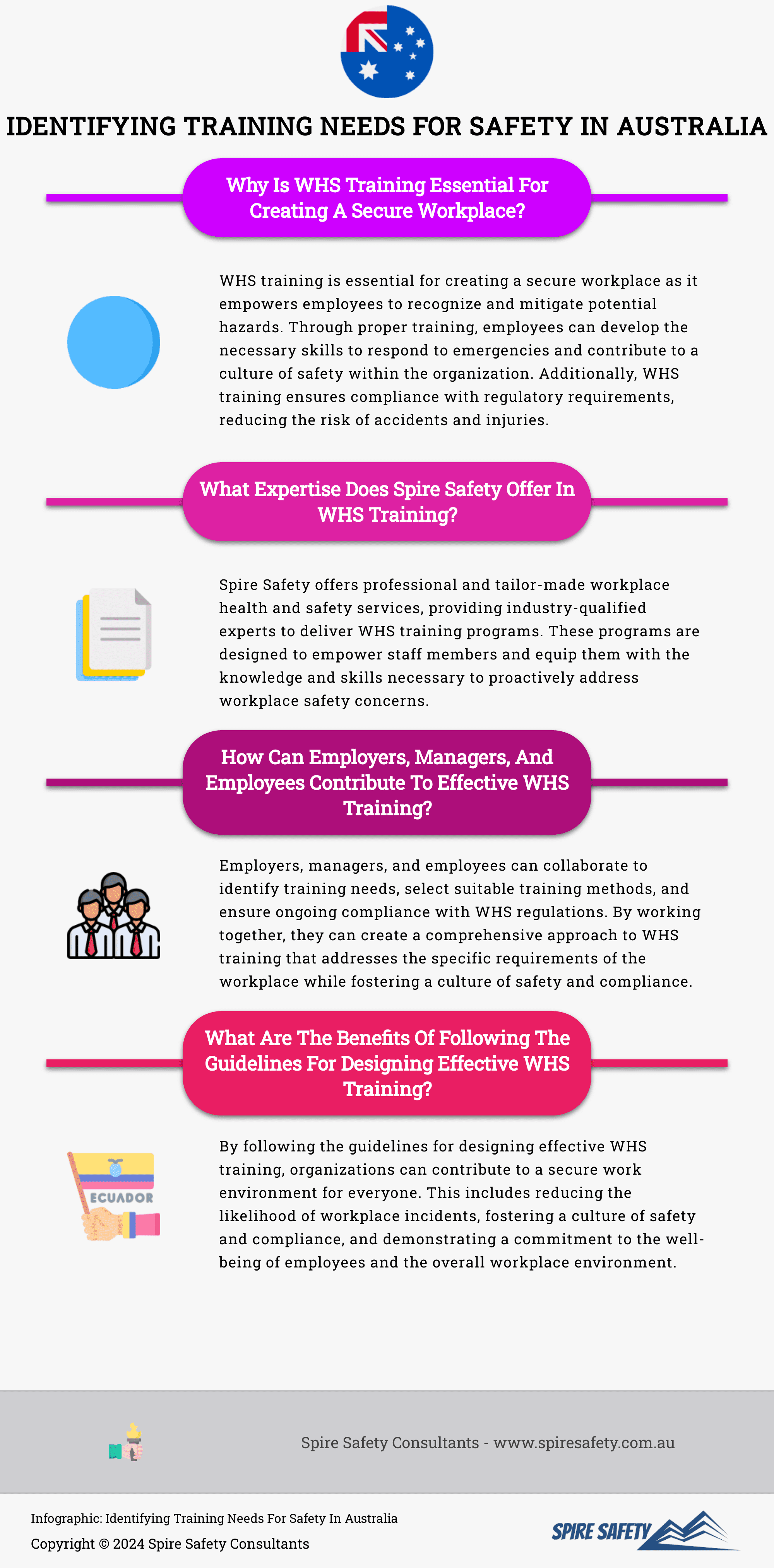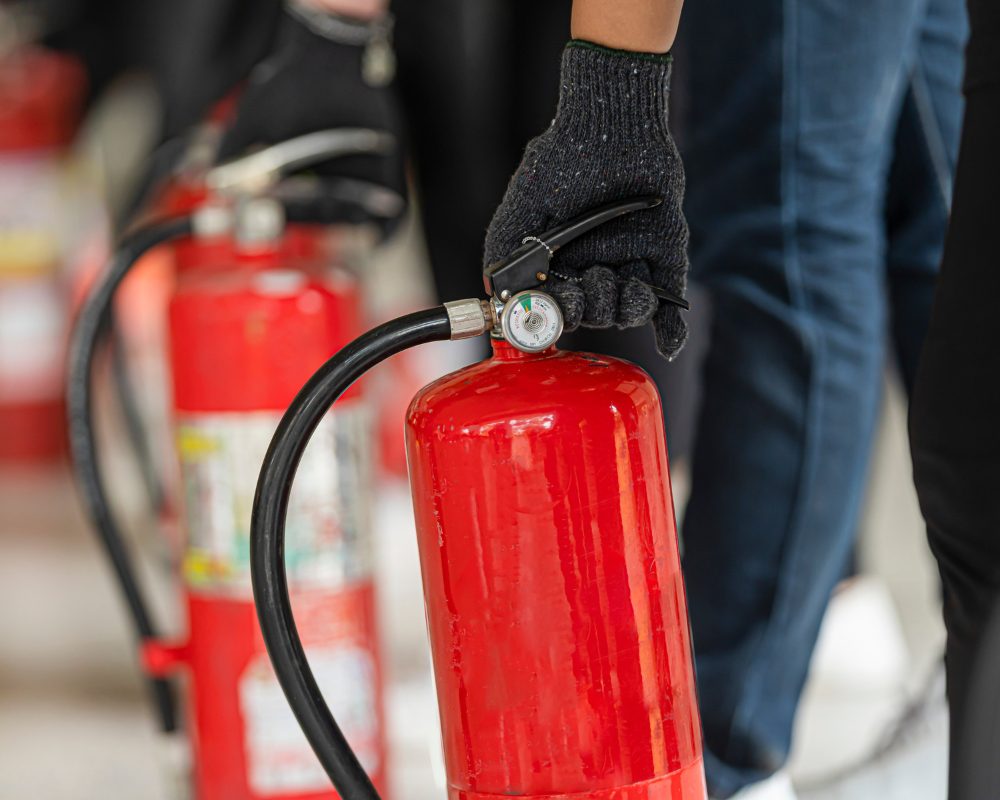Designing WHS Training: A Comprehensive Guide for Safety in Australia
Introduction
Welcome to our in-depth guide on Designing Work Health and Safety (WHS) Training in Australia. Ensuring a safe working environment is crucial, and this article aims to provide valuable insights, tips, and information on identifying training needs for safety.
Whether you’re an employer, manager, or employee, understanding the intricacies of WHS training is essential for creating a secure workplace.
Key Takeaways
- WHS training is mandatory in Australia, aiming to protect worker safety and prevent injuries.
- Identifying training needs involves a thorough Training Needs Analysis (TNA) to bridge gaps in required training.
- Various training methods, including online courses, are crucial for effective WHS training.
- Regular assessments and record-keeping are vital for compliance and ensuring a safe working environment.

Designing WHS Training: Getting Started
- Understanding WHS Requirements in Australia
- Explore the legal aspects and requirements for WHS training in Australia.
- Importance of Training Needs Analysis (TNA)
- Conduct a TNA to identify gaps in required training.
- Common WHS Training Types
- Explore induction, refresher courses, toolbox talks, and specialized training.
Creating an Effective Training Program
- Choosing Appropriate Training Methods
- Discuss the importance of selecting suitable training methods.
- Developing Goals and Objectives
- Define clear goals and objectives for the training program.
- Creating Learning Content
- Emphasize the creation of engaging and informative learning content.
- Measuring Training Results
- Highlight the significance of evaluating training effectiveness.
Ensuring Compliance and Safety
- Maintaining Detailed Training Records
- Stress the importance of comprehensive record-keeping for compliance.
- Impact of Poor WHS Training
- Discuss the consequences of inadequate training on safety and reputation.
Training in the COVID-19 Era
- Adapting to Changing Delivery Methods
- Explore changes in training delivery methods due to the COVID-19 pandemic.
- Specifics on Face-to-Face Training
- Understand exceptions for face-to-face training in certain areas.
Advice & Actionable Tips
- Regularly Review Training Policies
- Emphasize the importance of continuous review of education and training policies.
- Implementing Effective Safety Policies
- Provide tips on designing and implementing effective safety policies.
- Encouraging Safe Risk-Taking
- Discuss the importance of fostering a culture of safe risk-taking during training.
Conclusion
In conclusion, designing effective WHS training is paramount for creating a safe and compliant workplace. Employers, managers, and employees must collaborate to identify training needs, choose appropriate methods, and ensure ongoing compliance.
By following the guidelines provided in this comprehensive guide, you can contribute to a secure work environment for everyone.
Article Sources & Further Reading
- James Cook University – Training Needs Analysis
- Work health and safety training (WHSQ) <https://www.worksafe.qld.gov.au/licensing-and-registrations/work-health-and-safety-training>








